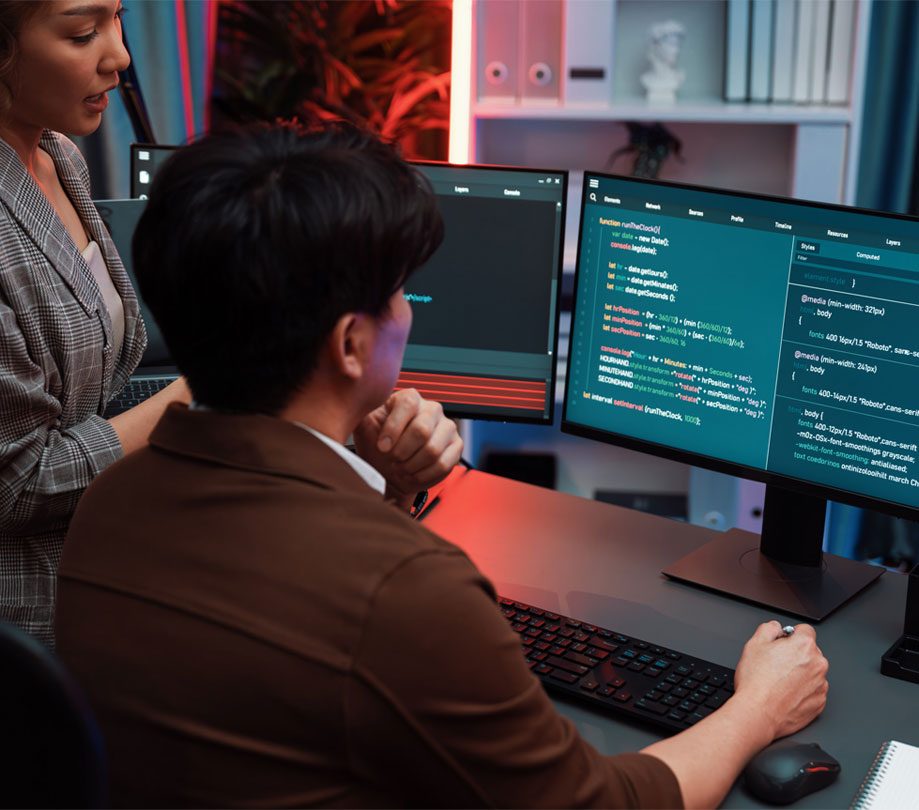Open Source
Predictions from Red Hat for 2017
Saturday, December 24, 2016

|
Richard Harris |
Catching up with Red Hat’s mobile team on what they’re expecting to see in mobile and IT in 2017.
1. Prediction: Mobile goes mainstream as part of enterprise application strategy that hinges on containers, DevOps, and microservices.
There are more mobile devices in circulation than the global population and mobile searches now outstrip those from PCs; mobile can no longer be seen as a standalone initiative in the enterprise. Rather, mobile app development should be part of an organization's broader enterprise application development function and share a common goal of driving innovation and business results at speed.
As organizations invest in modernizing traditional application workloads and moving them to the cloud, the potential exists to use a common platform for managing both the new generation of digital workloads as well as the more traditional applications that businesses still rely on.
Mobile changes the way software is developed and deployed. From agile development methods enabled by DevOps tools and culture to microservices and API-based architectures in the cloud delivering greater scalability and collaboration – organizations can apply these principles to their broader portfolio of enterprise applications. To do so, they are moving traditional applications to the cloud and availing container-based platform technologies to run different workloads in the same environment, sharing central resources for development and management.
Container-based platforms enable mobile app development to run alongside traditional and other microservices-based applications, helping to streamline and reduce the costs associated with modern application development and deployment.
2. Prediction: The roles of IT and Lines of Business in mobile/digital strategy will become more defined as modern approaches to app development are adopted.
In 2016, collaboration was a key to IT/business relationships in pushing digital transformation initiatives, but collaboration alone does not work unless there are clear responsibilities of the decision-making roles in the relationship. In 2017, IT and business need to take this crucial next step and better define how they work together to approach mobile app development.
Survey results and analyst reports all point to an increasing role for the business in mobile decision making, at the cost of IT. However, it is not really about CIOs and IT losing control of spending as much as it is the need for more collaborative decision-making, with clear delineations on what is IT-led and what is business-led.
In 2017, I anticipate IT will still drive the key decisions and implementation of modern architectures based on microservices and APIs, platforms (cloud, container-based, self-service developer components, infrastructure, etc.) and processes (DevOps, agile), and should hold budget and control for these areas. Business is at the edge of innovation and should drive many of the decisions around engagement channels, use cases, app features, design/UI/UX, workflows, citizen developer tools, analytics, etc. in partnership with IT.
As platform technologies emerge that support modern architectures and processes, enabling organizations to transition from traditional approaches that can stifle digital innovation, IT should be in a better position to respond to the demands from the business for more agility in getting new applications to market and modernizing existing applications. However, if they do not work together the lines of communication remain blurred and positive ROI may be significantly more difficult to achieve.
3. Prediction: Niche, tactical and customized solutions mark the play for enterprise wearables in 2017
The initial uptick in wearables over the last few years has created a market where the overall wearables market currently represents about seven percent of the massive smartphone market—approximately 102 million devices according to IDC. While this is a nice start, a deeper dive into the numbers shows that the smart wearables, those devices able to run third-party applications, represent only a fraction of that 102 million devices (21.5 million devices). This speaks to where the enterprise market is and the expectation is for strong growth, but coming from this low base. Ultimately, they key to that growth will be about customizing solutions across niche markets and opportunities and leveraging those smart devices that can ultimately do more.
From a technology standpoint, factors like battery life, cellular capability and operating system maturity can go a long way to improve the opportunity around wearables. Government (specifically, military and law enforcement), healthcare, manufacturing and field service drive some of the key deployments today and are expected to expand. Whether it is glasses, body cameras, watches, etc., these devices have their focused play to be real game changers but in small pockets. Increased consumer adoption can also help spark BYOD approaches similar to those that helped spur smartphone adoption in the enterprise, and may start with basic or horizontal functions that provide access to key apps used by sales, executives and similar workers.
At Red Hat's approach to wearables and other IoT adoption is to treat them as part of a holistic mobile and IT strategy. The idea of looking beyond smartphone or tablet users at broader assets can lead to more strategic opportunities that start with tactical trials with some of that technology. Red Hat Mobile Application Platform is putting this approach into action through a number of apps on wearables via our Samsung partnership.

Become a subscriber of App Developer Magazine for just $5.99 a month and take advantage of all these perks.
MEMBERS GET ACCESS TO
- - Exclusive content from leaders in the industry
- - Q&A articles from industry leaders
- - Tips and tricks from the most successful developers weekly
- - Monthly issues, including all 90+ back-issues since 2012
- - Event discounts and early-bird signups
- - Gain insight from top achievers in the app store
- - Learn what tools to use, what SDK's to use, and more
Subscribe here









